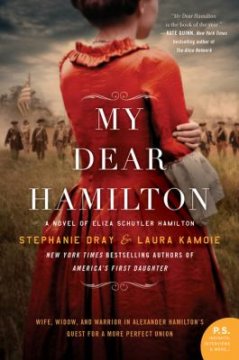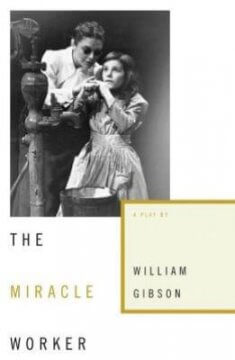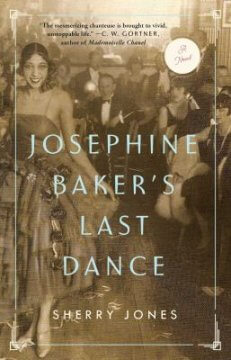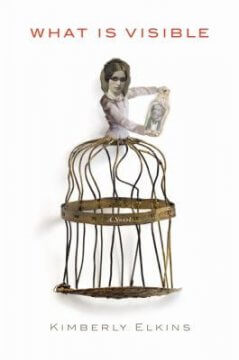It’s fascinating to think about the lives of historical figures. What inspired them to create powerful art? How did they navigate painful or challenging obstacles? And what were their everyday lives like when they weren’t making history?
Perhaps that’s why so many authors try their hands at imagining the internal and external lives of famous figures, bringing them closer to the world of contemporary readers by coloring facts and dates with feelings and fiction. The twists and interpretations can vary, ranging from outrageous to poignant and perceptive.
To judge how faithful a fictionalized biography may be to its subject, it’s helpful to have a nonfiction biography on hand—and either fun or frustrating to see where authors may have diverged from their source. Compare some of these titles and see what conclusions you draw. You can also look up famous figures in Carnegie Library of Pittsburgh’s biography research databases.
Lin Manuel Miranda’s “Hamilton” catapulted the Founding Fathers into the spotlight. Stephanie Dray’s “My Dear Hamilton” (also available to read or listen to on OverDrive) imagines the story from the perspective of Eliza Schuyler Hamilton, Alexander Hamilton’s wife, who faced revolution, riots and a political sex scandal. Pair it with “Eliza Hamilton: The Extraordinary Life and Times of the Wife of Alexander Hamilton” by Tilar Mazzeo for more details.

The story of deaf and blind Helen Keller and her teacher, Annie Sullivan, was immortalized in William Gibson’s “The Miracle Worker,” a dramatized account of how the battle of wills between the unruly Keller and the stubborn Sullivan led to Keller’s acquisition of language. For more context, Kim Nielsen’s “Beyond the Miracle Worker” analyzes Annie Sullivan individually and in relation to Helen Keller, exploring Sullivan’s difficult childhood and Sullivan’s own visual impairment as well as the sometimes desperate professional and romantic circumstances in which the women found themselves.

“Josephine Baker’s Last Dance” by Sherry Jones imagines the turbulent emotional life and career of African American dancer Josephine Baker, from her abusive childhood to her rise to stardom in France. Read it alongside “The Josephine Baker Story” by Ean Wood (also available on OverDrive) or “Josephine Baker and the Rainbow Tribe” by Mathew Guterl for a more complex look at her life, including her struggles against racism and her later activism efforts.

Composer Ludwig van Beethoven’s gradual deafness required others to write their sides of conversations. “Conversations With Beethoven” by Sanford Friedman imagines a notebook of the composer’s interactions, topics ranging from his declining health to his relationship with his troubled nephew. Pair it with “Beethoven: Anguish and Triumph” by Jan Swafford for a greater understanding of the temperamental composer’s everyday life.

Laura Bridgman—the first deaf and blind woman in America to receive an education, courtesy of Samuel Gridley Howe—provides a loose basis for Kimberly Elkins’ “What Is Visible” (available in audio from OverDrive, which imagines the internal and romantic lives of Bridgman, Howe and Howe’s wife, Julia Ward Howe. For a more factual introduction to Bridgman, pair it with “The Education of Laura Bridgman” by Ernest Freebergor and “She Touched the World” by Sally Alexander.

You can sign up for a free library card here. If you are new to our eResources, check out these tutorial videos on how to get started. If you have any additional questions, you can contact a librarian through Facebook, Instagram or Twitter. You can also call us at 412-622-3114 or email us at info@carnegielibrary.org.

